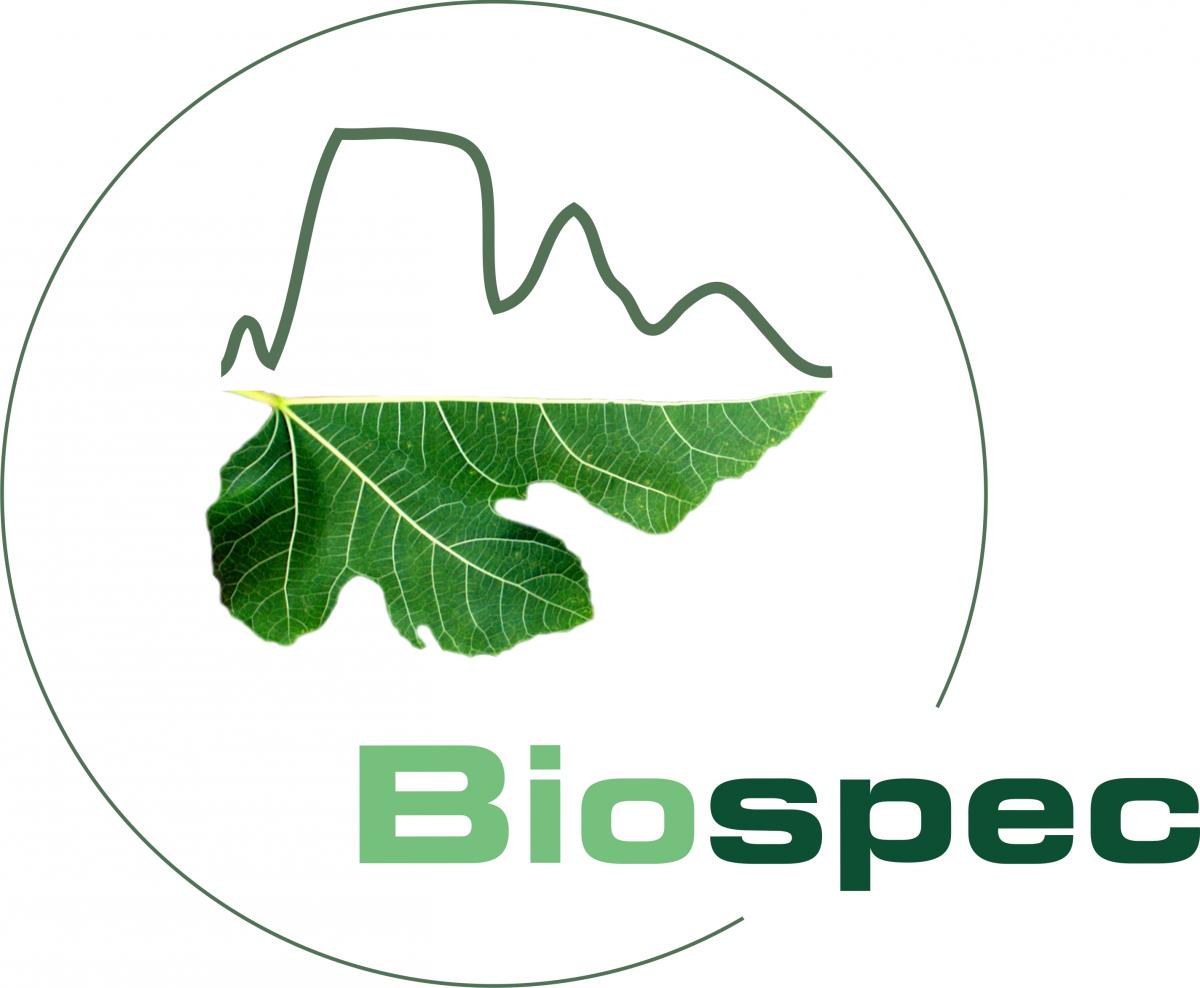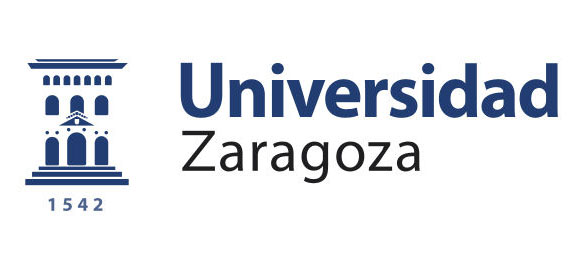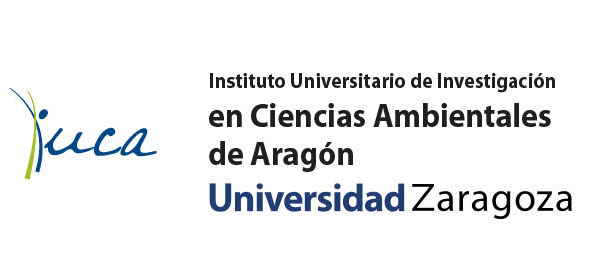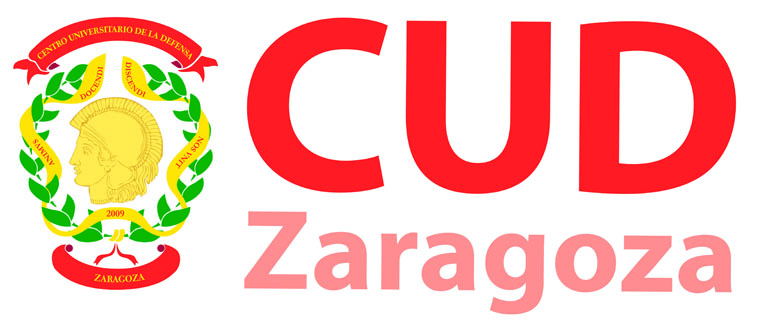Project Overview
An intensive global effort has been put in the last decade to measure and model carbon and water exchanges between the terrestrial biosphere and the atmosphere in order to better understand impacts and feedbacks to climate change. Modeling of the terrestrial carbon and water cycles at global scale is currently achieved using generic soil-vegetation-atmosphere transfer (SVAT) process-based models that require parameters describing terrestrial ecosystems functional characteristics in a spatially explicit way. The most feasible method for obtaining and updating these parameters in a spatially continuous mode and on a regular basis is remote sensing. A full integration of space-sensed spectral information with ground level water and carbon fluxes observations has not been successfully achieved yet despite new remote sensing products directly related to carbon cycle such as gross primary production are already available. Such products still lack of robustness and consistency for specific ecosystem types, in particular for drought prone ecosystems with complex vegetation structure like most of Mediterranean ecosystems.
The key to understand both the processes and spatial scaling of water and carbon fluxes estimates requires a careful integration of observations from ground, airborne and satellite systems. Moreover significant biases introduced by factors like observation and illumination angles or atmospheric artifacts have been found in standardized remote sensing products broadly used for fluxes estimation. With this proposal we intend to fill this niche. Combining ecosystem scale eddy-covariance fluxes continuous measurements with detailed fine scale spectral observations using hyperspectral optical as well as thermal and lidar sensors and the analysis of remote sensing data provided by airborne and satellite sensors, the project will contribute to assess more robustly the water and carbon balance at ecosystem level. Empirical and process-based models will be developed and calibrated using the flux and spectral in-situ measurements collected at the studied ecosystem. Then these models will be used for up-scaling the estimates of carbon, water and energy fluxes at regional scale using spectral data acquired from unmanned aerial vehicles (UAV), airborne and satellite sensors.
The ecosystem to be studied, the “dehesa”, is a historical managed and integrated agro-forestry system which occupies large extensions in the Iberian Peninsula and has great importance on socio-economical and biodiversity aspects. Since climate models predict larger changes (in both temperature and precipitation regime) for the Mediterranean area compared to global trends, such ecosystems constitute a potential “hot spot” for assessing impact of climate change.









